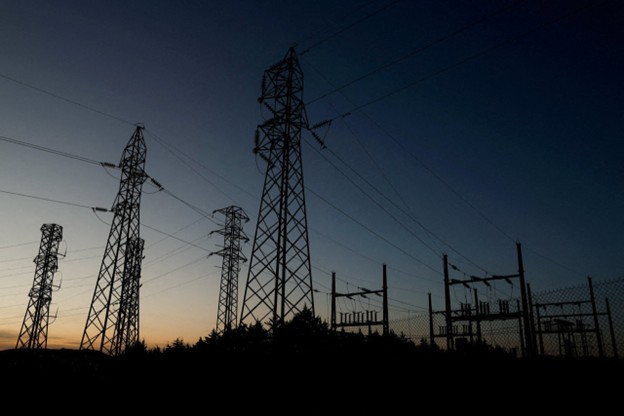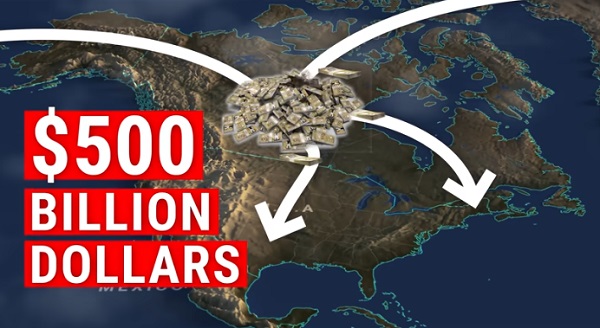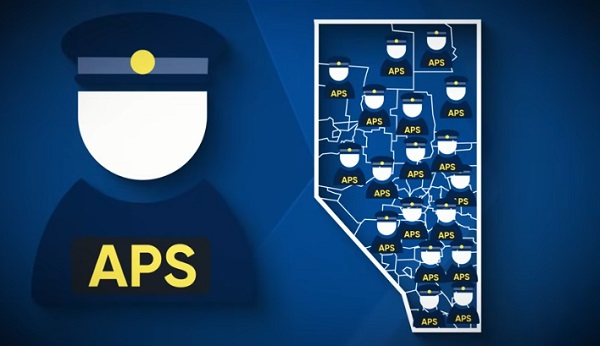Alberta
39 percent increase in funding for RCMP instigates discussion about future policing for rural Alberta

Alberta’s government will pay the 39% increase for one year and will begin engagement with smaller communities on their policing needs for the future.
Alberta’s government is temporarily freezing the amount rural municipalities are responsible for paying for front-line policing services in Alberta.
The province is responsible for providing policing services to municipal districts, counties and urban municipalities with populations less than 5,000. In response to rising rural crime, Alberta’s government announced increased funding for RCMP services in 2019 which helped create hundreds of additional RCMP positions across the province.
When these changes came into effect in 2020, the province also worked with Alberta Municipalities and Rural Municipalities of Alberta to create a shared funding model through the Police Funding Regulation. Now, due to higher costs from recent RCMP collective agreements, the cost for policing in these smaller communities will increase by 39 per cent, with no corresponding increase in the services provided. To assist municipalities with these new costs, Alberta’s government will pay the increase for one year and will begin engagement with them on their policing needs for the future.
“The expiring regulation would have municipalities seeing a 39 per cent increase in their costs – with no improvement in policing services delivered. We know this is not acceptable for many municipalities. This cost freeze will give rural municipalities the stability and predictability they need, and it will allow for meaningful engagement between the province and municipalities on equitable support.”
“Alberta’s government understands that such an increase in costs for service will be a challenge to our rural municipalities. With the costs frozen for a year, we look forward to a comprehensive review of the police funding model with our municipal partners. During our review, we will carefully consider all factors to ensure we provide an updated funding model that is sustainable.”
Municipalities are preparing their budgets for 2025, and those served by the RCMP under the Provincial Police Service Agreement can continue to expect the same level of service without the additional costs for one year. While these costs are shared between municipalities and the province, the province will pay a higher proportion of the costs next fiscal year, a total of $27 million, so that municipalities’ costs remain stable while they determine how to cover the increases on a forward basis and what the best model of policing is for their community.
The Police Funding Regulation introduced in 2020 was phased in over several years, with rural municipalities paying an increasing share of their policing costs each year for four years. Municipalities have been paying 30 per cent of front-line policing costs since fiscal year 2023-24. By sharing costs, the province has been able to afford the addition of many new RCMP police officers, programs and services over the past several years.
The Police Funding Regulation has been in place for almost five years, and with the significant cost increases coming from the federal government, the province will undertake a review to determine what improvements may be needed. While the regulation was originally supposed to expire March 31, 2025, Alberta’s government has extended it by one year to March 31, 2026, which will enable the province and municipalities to have fulsome conversations about future policing needs and models. More details about the comprehensive review and engagement opportunities for rural municipalities will be released shortly.
Quick Facts:
- The Police Funding Regulation brought in a new funding model, which was phased in over several years, with rural municipalities paying an increasing share of their policing costs each year, reaching the intended 30 per cent in 2023.
- They were charged 10 per cent starting April 1, 2020. This increased to 15 per cent one year later, 20 per cent the following year and finally 30 per cent starting April 1, 2023.
- The initial funding model was based on 2018 costs to provide certainty and stability to municipalities.
- After 2024-25, the municipal share will be required to be based on current policing costs, resulting in a proposed 39 per cent increase in costs for municipalities.
- The Police Funding Model enabled a $235.4-million investment in policing over five years, adding 285 regular members and 244 civilian positions to enhance rural policing.
Alberta
Alberta judge sides with LGBT activists, allows ‘gender transitions’ for kids to continue

From LifeSiteNews
‘I think the court was in error,’ Alberta Premier Danielle Smith has said. ‘There will be irreparable harm to children who get sterilized.’
LGBT activists have won an injunction that prevents the Alberta government from restricting “gender transitions” for children.
On June 27, Alberta King’s Court Justice Allison Kuntz granted a temporary injunction against legislation that prohibited minors under the age of 16 from undergoing irreversible sex-change surgeries or taking puberty blockers.
“The evidence shows that singling out health care for gender diverse youth and making it subject to government control will cause irreparable harm to gender diverse youth by reinforcing the discrimination and prejudice that they are already subjected to,” Kuntz claimed in her judgment.
Kuntz further said that the legislation poses serious Charter issues which need to be worked through in court before the legislation could be enforced. Court dates for the arguments have yet to be set.
READ: Support for traditional family values surges in Alberta
Alberta’s new legislation, which was passed in December, amends the Health Act to “prohibit regulated health professionals from performing sex reassignment surgeries on minors.”
The legislation would also ban the “use of puberty blockers and hormone therapies for the treatment of gender dysphoria or gender incongruence” to kids 15 years of age and under “except for those who have already commenced treatment and would allow for minors aged 16 and 17 to choose to commence puberty blockers and hormone therapies for gender reassignment and affirmation purposes with parental, physician and psychologist approval.”
Just days after the legislation was passed, an LGBT activist group called Egale Canada, along with many other LGBT organizations, filed an injunction to block the bill.
In her ruling, Kuntz argued that Alberta’s legislation “will signal that there is something wrong with or suspect about having a gender identity that is different than the sex you were assigned at birth.”
She further claimed that preventing minors from making life-altering decisions could inflict emotional damage.
However, the province of Alberta argued that these damages are speculative and the process of gender-transitioning children is not supported by scientific evidence.
“I think the court was in error,” Alberta Premier Danielle Smith said on her Saturday radio show. “That’s part of the reason why we’re taking it to court. The court had said there will be irreparable harm if the law goes ahead. I feel the reverse. I feel there will be irreparable harm to children who get sterilized at the age of 10 years old – and so we want those kids to have their day in court.”
READ: Canadian doctors claim ‘Charter right’ to mutilate gender-confused children in Alberta
Overwhelming evidence shows that persons who undergo so-called “gender transitioning” procedures are more likely to commit suicide than those who are not given such irreversible surgeries. In addition to catering to a false reality that one’s sex can be changed, trans surgeries and drugs have been linked to permanent physical and psychological damage, including cardiovascular diseases, loss of bone density, cancer, strokes and blood clots, and infertility.
Meanwhile, a recent study on the side effects of “sex change” surgeries discovered that 81 percent of those who have undergone them in the past five years reported experiencing pain simply from normal movements in the weeks and months that followed, among many other negative side effects.
Alberta
Alberta Independence Seekers Take First Step: Citizen Initiative Application Approved, Notice of Initiative Petition Issued
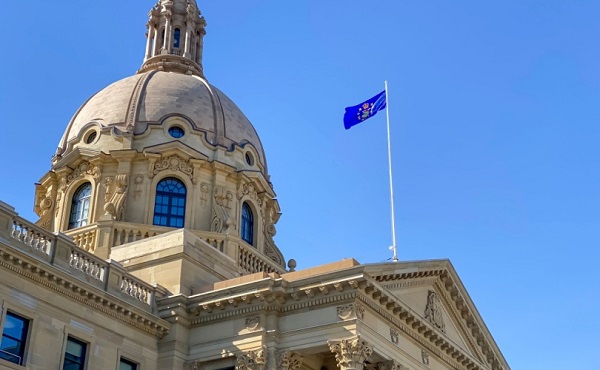
Alberta’s Chief Electoral Officer, Gordon McClure, has issued a Notice of Initiative Petition.
This confirms a Citizen Initiative application has been received and the Chief Electoral Officer has determined the requirements of section 2(3) of the Citizen Initiative Act have been met.
Approved Initiative Petition Information
The approved citizen initiative application is for a policy proposal with the following proposed question:
Do you agree that Alberta should remain in Canada?
The Notice of Initiative Petition, application, and statement provided by the proponent are available on Elections Alberta’s website on the Current Initiatives Petition page.
As the application was received and approved prior to coming into force of Bill 54: Election Statutes Amendment Act, the Citizen Initiative process will follow requirements set out in the Citizen Initiative Act as of June 30, 2025.
Next Steps
- The proponent must appoint a chief financial officer within 30 days (by July 30, 2025).
- Once the 30-day publication period is complete and a chief financial officer has been appointed, Elections Alberta will:
- issue the citizen initiative petition,
- publish a notice on the Current Initiatives Petition page of our website indicating the petition has been issued, specifying the signing period dates, and the number of signatures required for a successful petition, and
- issue the citizen initiative petition signature sheets and witness affidavits. Signatures collected on other forms will not be accepted.
More information on the process, the status of the citizen initiative petition, financing rules, third party advertising rules, and frequently asked questions may be found on the Elections Alberta website.
Elections Alberta is an independent, non-partisan office of the Legislative Assembly of Alberta responsible for administering provincial elections, by-elections, and referendums.
-

 Brownstone Institute2 days ago
Brownstone Institute2 days agoFDA Exposed: Hundreds of Drugs Approved without Proof They Work
-
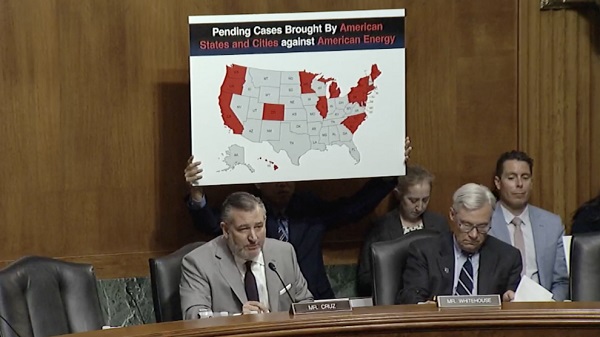
 Energy1 day ago
Energy1 day agoChina undermining American energy independence, report says
-
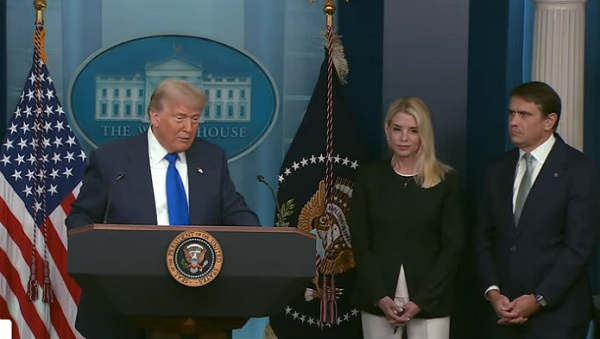
 Business1 day ago
Business1 day agoTrump on Canada tariff deadline: ‘We can do whatever we want’
-

 Automotive1 day ago
Automotive1 day agoElectric vehicle sales are falling hard in BC, and it is time to recognize reality.
-

 Business1 day ago
Business1 day agoEurope backs off greenwashing rules — Canada should take note
-
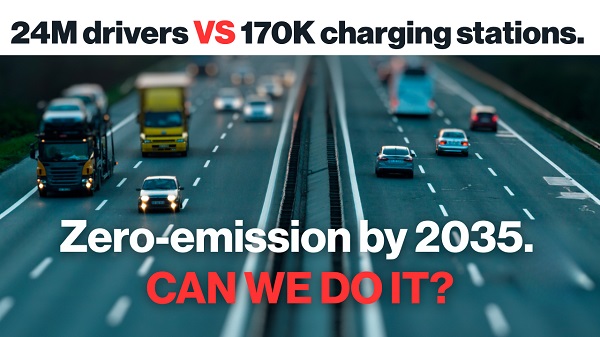
 Automotive1 day ago
Automotive1 day agoPower Struggle: Electric vehicles and reality
-
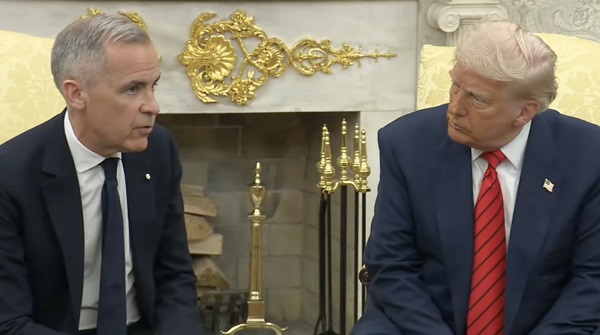
 Business8 hours ago
Business8 hours agoCanada Caves: Carney ditches digital services tax after criticism from Trump
-
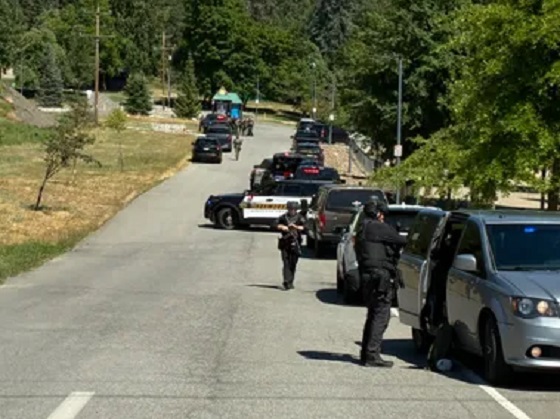
 Crime8 hours ago
Crime8 hours agoSuspected ambush leaves two firefighters dead in Idaho
